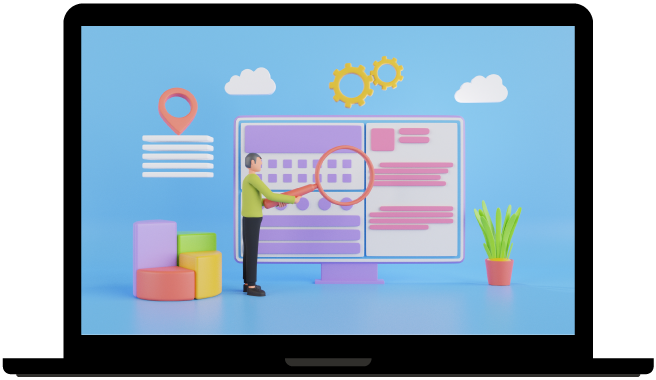
03 Aug RESEARCH & ANALYTICS
Why Research & Analytics?

Solutions & Services

Research
Research
- Secondary Research
- Company Profiling
- Competitive Analysis
- Go To Market Strategy
- Vendor Assessment

Reporting
Reporting
- Data Integration
- Data Visualization
- Management Reporting
- Custom Reports
- Reporting Automation

Reporting
Reporting
- Data Integration
- Data Visualization
- Management Reporting
- Custom Reports
- Reporting Automation

Analytics
Analytics
- Social Media Listening
- Market Mix Modelling
- Campaign Analytics
- Brand Analytics
- Consumer Analytics
- Predictive Insights
The Digi Sharks Advantage
Technical Skills
-
Proficient in using relevant research tools and data analysis software including Tableau, PowerBI, SPSS, R and many other industry specific tools
Industry-centric Expertise
-
With a proven track record of working across diverse industries, we understand the nuances of each sector and follow a industry-specific approach
Customized Solutions
-
Ability to craft customized research and analytics solutions that address your specific requirements, delivering results that truly matter to your business
Collaborative Approach
-
Throughout the process, we work closely with your team, ensuring alignment with your goals and a seamless integration of insights into your strategies
Frequently Asked Questions
Research enables you to gain new insights, expand knowledge, make informed decisions, solve problems and drive innovation across various aspects of business by understanding the industry trends, market trends, consumer behavior and competitive landscape
Research can be qualitative or quantitative. Qualitative research explores attitudes, behaviors and perceptions, while quantitative research involves numerical data and statistical analysis
Primary research involves collecting new data directly from original sources through methods like surveys, interviews, observations, and experiments
Secondary research involves analyzing and synthesizing existing data, information and resources that have been collected by others for different purposes. It is critical to cite or seek permissions for usage of secondary research
Research findings are typically presented through research papers, reports, presentations, and visualizations such as graphs, charts, and tables
Analytics helps organizations extract valuable insights from data, enabling them to optimize processes, identify opportunities, mitigate risks, and enhance overall performance
Analytics is typically classified into – descriptive (summarizing past data), predictive (predicting future trends) and prescriptive (providing actionable recommendations)
Data visualization involves presenting data in graphical or visual formats such as charts, graphs, maps, etc. making complex information more accessible and understandable
KPIs are industry-specific metrics that businesses use to measure performance and progress towards goals. We can assess and evaluate the effectiveness of any business process
Analytics helps marketers understand customer behavior, assess campaign effectiveness, identify target audiences, optimize ad spend and personalize marketing efforts